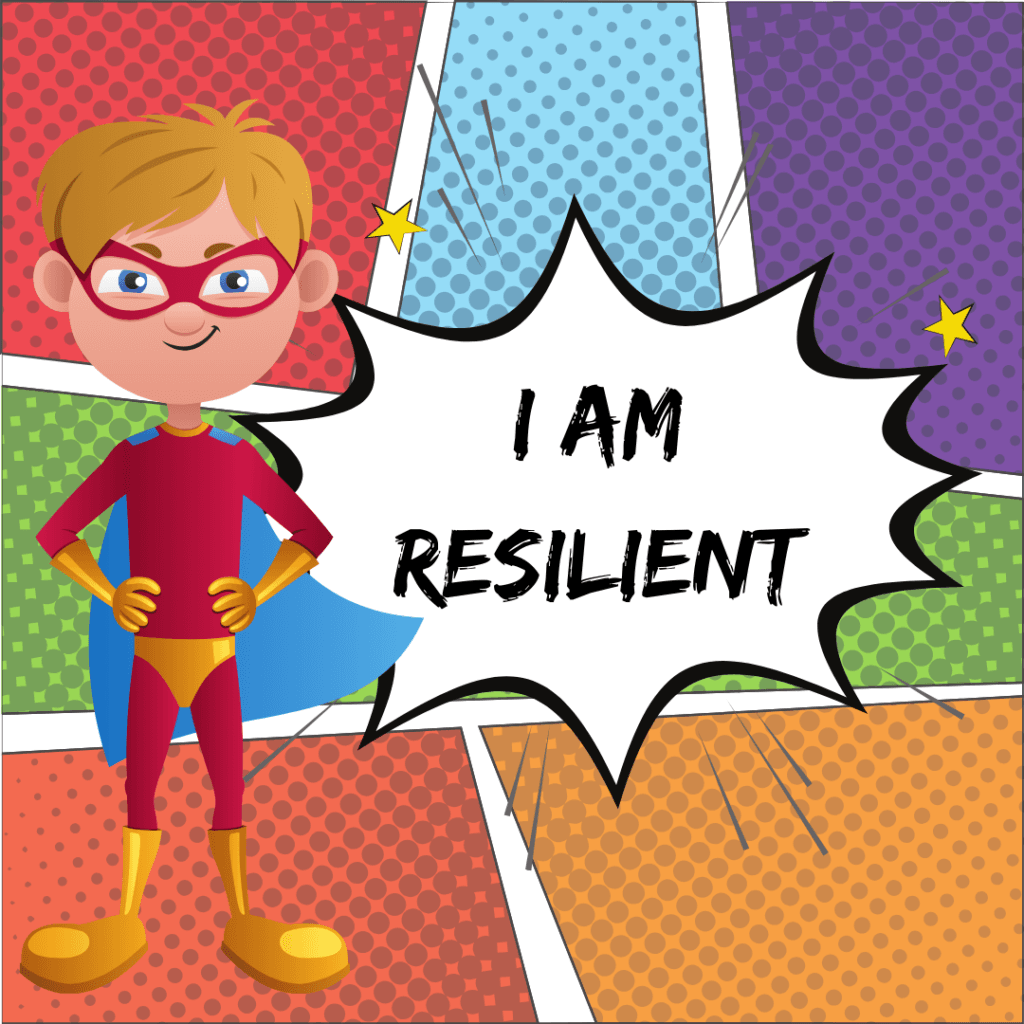As parents, we all want our children to thrive, but helping them build resilience is one of the most important things we can do to prepare them for life’s inevitable challenges. Resilience isn’t just about bouncing back from setbacks; it’s about equipping children with the emotional tools to cope with adversity and emerge stronger. Teaching your child how to problem-solve, face challenges head-on, and maintain emotional well-being will help them build confidence and independence that will last a lifetime.
In this article, I will explore practical ways to help your child build resilience, focusing on key life skills that will serve them well into adulthood.
1. Encourage Problem-Solving
One of the most important aspects of building resilience is teaching children how to solve problems on their own. It’s natural to want to jump in and fix things for them, but learning how to navigate challenges is crucial for their development.
- Offer guidance, not solutions: When your child faces a problem, guide them through it by asking questions like, “What do you think you could do?” or “What other options could work?” This encourages them to think critically.
- Break it down: Help your child break a problem into smaller, more manageable steps. This approach reduces overwhelm and shows them that challenges can be tackled step by step.
2. Praise Effort Over Outcome
Focusing on the effort your child puts into tasks, rather than just the end result, helps them understand the value of persistence and hard work. Resilience is often built through the process of trying, failing, and trying again.
- Celebrate the process: Instead of saying, “Well done, you got an A,” try “I’m so proud of how hard you worked on that project.” This reinforces the idea that effort and perseverance are what matter most.
- Teach them that failure is part of learning: When things don’t go as planned, reassure your child that failure is a natural part of the learning process. Help them understand that mistakes are opportunities for growth.
3. Foster Emotional Intelligence
Resilience also involves understanding and managing emotions. Helping your child recognise their feelings and express them in a healthy way is a vital part of emotional intelligence, which is closely linked to resilience.
- Encourage open communication: Create a safe environment where your child feels comfortable expressing their emotions. Phrases like “I can see that you’re upset, would you like to talk about it?” show empathy and encourage emotional openness.
- Teach coping strategies: Equip your child with coping techniques, such as deep breathing or mindfulness, to help them manage stress or frustration. Learning these strategies early on will give them tools to handle difficult emotions as they grow.
4. Build Independence
Allowing children to develop independence is key to fostering resilience. It helps them build confidence in their own abilities and teaches them that they can overcome challenges on their own.
- Give age-appropriate responsibilities: Whether it’s making their bed, preparing a simple meal, or managing their homework schedule, giving your child responsibilities teaches them that they are capable of managing tasks independently.
- Encourage decision-making: Let your child make age-appropriate decisions, such as what to wear or how to spend their pocket money. This helps them develop confidence in their judgement and decision-making skills.
5. Model Resilience
Children often learn by observing the adults around them, so it’s important to model resilience in your own life. Show your child how you handle challenges and setbacks with a positive attitude.
- Share your experiences: When you face a difficulty, talk to your child about it in a way they can understand. For example, “I had a tough day at work, but I took a break and made a plan to fix the situation.” This shows them that everyone faces challenges, and there are constructive ways to deal with them.
- Stay calm in difficult situations: How you react to stress and adversity will influence how your child reacts. By staying calm and composed, you set an example of how to manage stressful situations effectively.
6. Teach the Importance of Perseverance
Resilience is closely tied to perseverance—the ability to keep going despite difficulties. Encourage your child to stick with tasks even when they find them challenging, and support them through moments of frustration.
- Set realistic goals: Help your child set achievable goals and celebrate their progress along the way. Breaking larger tasks into smaller, bite-sized goals makes the process feel more manageable and rewarding.
- Encourage a growth mindset: Teach your child that abilities and intelligence can be developed with effort and persistence. A growth mindset fosters resilience because it encourages the belief that challenges are opportunities to grow.
7. Create a Supportive Environment
Children thrive in environments where they feel supported and understood. By creating a strong support network, you provide your child with the foundation they need to take risks, make mistakes, and grow from their experiences.
- Build strong family connections: Spend quality time together, listen to your child, and make sure they know they are loved and supported. A strong family bond can provide the security they need to take on challenges.
- Encourage friendships: Building positive relationships with peers helps children learn to navigate social challenges and build resilience in social situations.
Final Thoughts
Building resilience in children is one of the greatest gifts you can give as a parent. By encouraging problem-solving, fostering emotional intelligence, and modelling resilience in your own life, you help your child develop the life skills needed for a confident future. Remember, resilience isn’t about shielding children from difficulties—it’s about giving them the tools to overcome challenges and emerge stronger.





1 comment